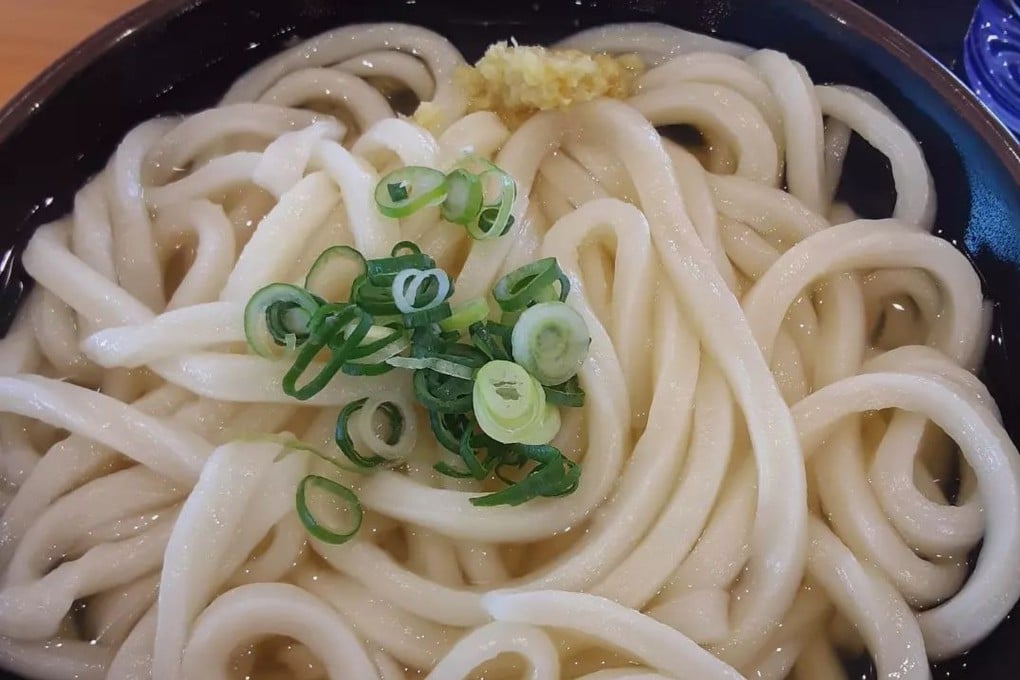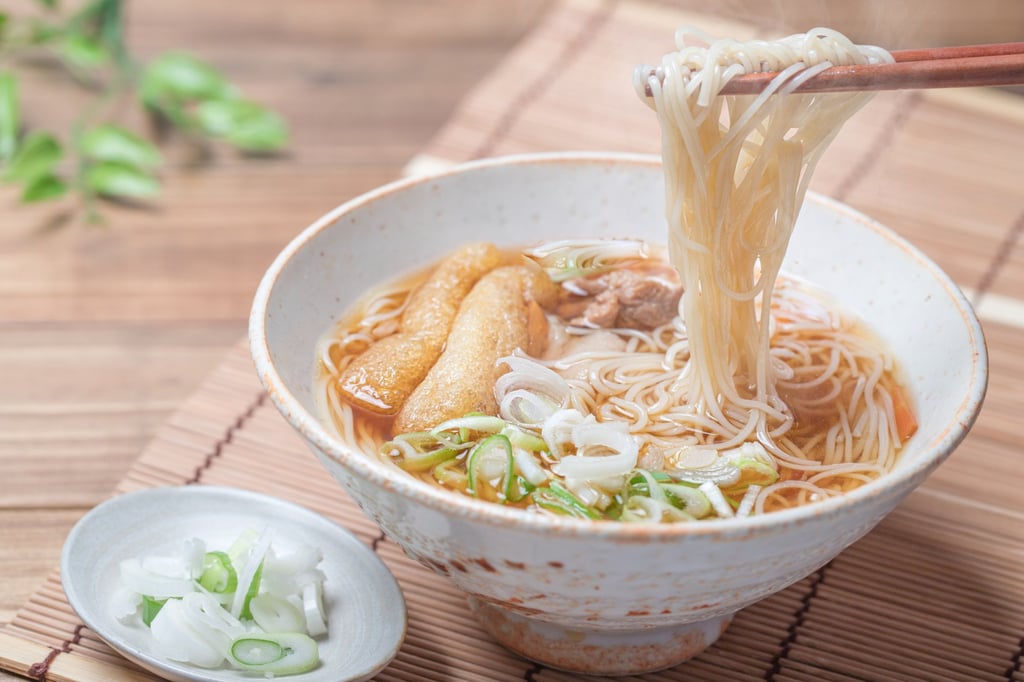Advertisement
Reflections | Udon aren’t my favourite noodles, but after eating bowls of them in Shikoku, Japan, I appreciate them more
- A bowl of hot, soupy udon noodles on a cold day in Shikoku, Japan, helped me to appreciate them more. I brought so many back I need to find more recipes
- The founder of an influential school of Buddhism is said to have introduced udon from China. True or not, it’s a marketing coup for local makers of them
Reading Time:2 minutes
Why you can trust SCMP
0

The one constant throughout my eight-day holiday in Japan last month was udon.
The part of Japan that we visited, Shikoku, is famous for the thick, white wheat noodles, in particular the somewhat chewy variety known as Sanuki udon.
Sanuki is the old name of Kagawa prefecture in the northern part of the island of Shikoku, where the local style of udon is a source of great pride, as well as revenue, given its ubiquity in restaurants and shops, especially local specialty shops that cater to both domestic and foreign tourists.
To be honest, udon are not my favourite Japanese noodles. I prefer soumen, a thinner, more delicate variety of wheat noodles, and the earthier soba made from buckwheat. When I do have udon, I prefer to eat them cold, dunking the noodles into a cup of light, fish-based dipping sauce.

Having said that, my most memorable, and satisfying, meal in Shikoku last month was a huge bowl of Sanuki udon in a piping hot broth, topped with an assortment of deep fried foods, at a restaurant in a small city in Kagawa.
Advertisement
